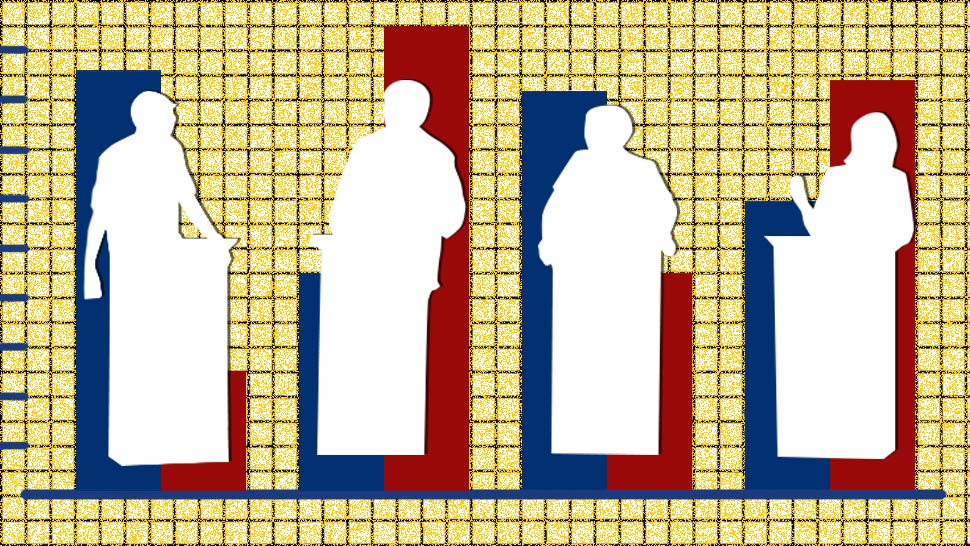Election Forecasting and Predictions: Latest Presidential Polls

Predicting election outcomes is a complex task that involves analyzing a wide range of factors, from voter sentiment and economic conditions to historical trends and campaign strategies. Numerous methods are employed to forecast election results, each with its strengths and limitations.
Statistical Models
Statistical models use mathematical equations to predict election outcomes based on historical data and current polling information. These models often incorporate variables such as voter demographics, economic indicators, and past election results.
The strength of statistical models lies in their objectivity and ability to analyze large datasets. However, they can be limited by the accuracy and completeness of the data used, and they may not fully capture the nuances of human behavior and political dynamics.
For instance, the FiveThirtyEight model, developed by Nate Silver, uses a complex statistical algorithm to predict election outcomes based on a wide range of data, including polls, historical trends, and economic indicators.
Expert Analysis, Latest presidential polls
Expert analysis involves drawing on the insights and knowledge of political analysts, pollsters, and other experts to assess the state of the race and predict the outcome. This approach often involves qualitative analysis, considering factors such as campaign strategy, media coverage, and public sentiment.
Expert analysis can provide valuable insights into the dynamics of the election, but it is subjective and prone to bias. The predictions of different experts can vary widely, depending on their individual perspectives and the information they consider.
For example, during the 2016 US presidential election, many political analysts underestimated the support for Donald Trump, leading to inaccurate predictions about the outcome of the race.
Historical Trends
Historical trends analysis involves examining past election results to identify patterns and trends that can be used to predict future outcomes. This method considers factors such as the incumbent’s popularity, the state of the economy, and the historical voting patterns of different demographic groups.
Historical trends can provide valuable insights into the dynamics of elections, but they are not always reliable predictors of future outcomes. Political and social conditions can change significantly over time, making past results less relevant to current elections.
For example, the 2020 US presidential election saw a significant increase in voter turnout compared to previous elections, which had a significant impact on the outcome of the race.
The latest presidential polls are a kaleidoscope of fluctuating numbers, reflecting the shifting sands of public opinion. The way candidates handle these shifts, often in the spotlight of a trump press conference , can dramatically influence voter sentiment. Whether it’s a fiery defense of policy or a measured response to criticism, these press conferences are a microcosm of the campaign’s broader narrative, shaping how voters perceive the candidates and their positions on key issues.
The latest presidential polls paint a dynamic picture of the political landscape, with shifting numbers and a constant battle for public opinion. Behind the scenes, however, former White House Press Secretary Stephanie Grisham offers a unique perspective on the inner workings of the administration, shedding light on the pressures and complexities of navigating the White House.
Her insights provide a valuable context for understanding the current political climate and its impact on the latest presidential polls.